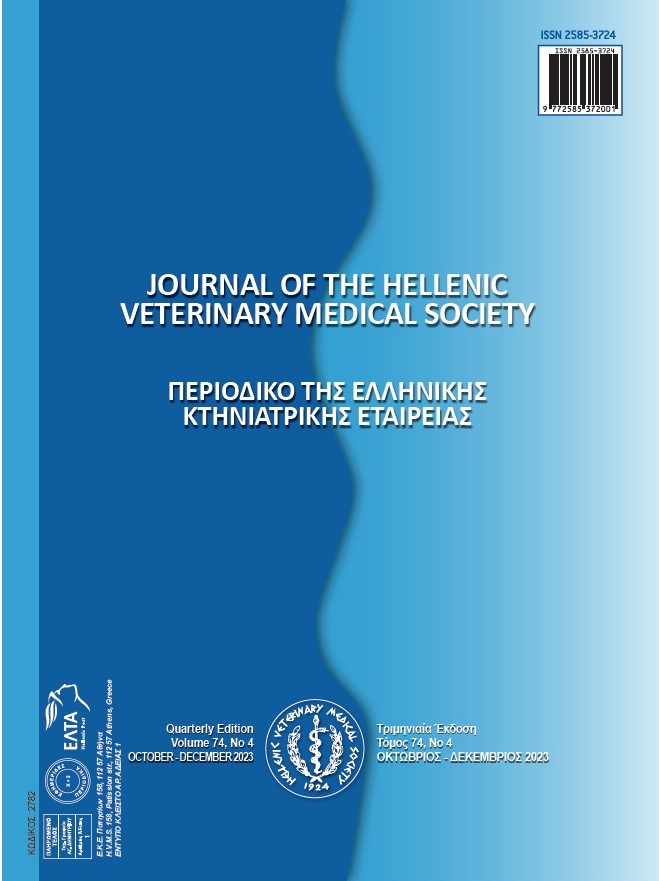Effect of enzyme and yeast-based feed additives on growth, nutrient digestibility, meat quality and intestinal morphology of fattening rabbits
Аннотация
Non-antibiotic feed additives are nowadays increasingly used in animal feed industry as more and more reports are surfaced on antibiotic resistance. This study quantified the effects of enzymes and yeast supplementation, individually or in combination, on growth performance, diet digestibility, carcass quality, and ileum morphometry of fattening rabbits. Forty-eight indigenous male weaned rabbits (age, 37 ± 2 days; average body weight (ABW)) 340 ± 3.2 g) were assigned into four dietary treatments (16 replicates; 3 rabbits/replicate)). The four diets were (i) a basal (control) diet (without additives), containing concentrate (75% of the feed) and wilted mulberry leaves (25% of the
total feed); (ii) basal diet plus enzyme blend (driselase-1®; cellulase, amylase and protease; 2 g kg-1 feed); (iii) basal diet with the addition of Saccharomyces cerevisiae (dry yeast TR 100; 2 g kg-1 feed); (iv) basal diet with the addition of mixture of the enzymes blend and S. cerevisiae (1 g each kg-1 feed). All rabbits had ad-libitum access to clean drinking water and experimental diets, with 16 h light for seven-weeks. The results revealed that all additives improved (P < 0.05) weight gain (WG) and feed conversion ratio (FCR) but did not alter feed intake than the control group. Although all additives increased (P < 0.05) neutral detergent fibre (NDF) digestibility, the dry matter digestibility (DMD) was increased (P < 0.05) only by the addition of enzymes blend. Furthermore, all additives increased (P < 0.05) carcass yield without any negative effects on meat physical (pH, water release and cooking loss) and chemical (moisture, protein, fat and ash) properties (P < 0.05). Moreover, villus height and crypt depth values were improved (P < 0.05) with the incorporation of additives. This study demonstrates that addition of enzymes blend and yeast-based additives alone or in combination in rabbit diet improved nutrients digestion and intestinal health, which subsequently improved their growth and carcass quality.
Article Details
- Как цитировать
-
KHAN, K., AZIZ, K., KHAN, N., KHAN, S., & AYASAN, T. (2022). Effect of enzyme and yeast-based feed additives on growth, nutrient digestibility, meat quality and intestinal morphology of fattening rabbits. Journal of the Hellenic Veterinary Medical Society, 72(4), 3511–3518. https://doi.org/10.12681/jhvms.29404
- Выпуск
- Том 72 № 4 (2021)
- Раздел
- Research Articles

Это произведение доступно по лицензии Creative Commons «Attribution-NonCommercial» («Атрибуция — Некоммерческое использование») 4.0 Всемирная.
Authors who publish with this journal agree to the following terms:
· Authors retain copyright and grant the journal right of first publication with the work simultaneously licensed under a Creative Commons Attribution Non-Commercial License that allows others to share the work with an acknowledgement of the work's authorship and initial publication in this journal.
· Authors are able to enter into separate, additional contractual arrangements for the non-exclusive distribution of the journal's published version of the work (e.g. post it to an institutional repository or publish it in a book), with an acknowledgement of its initial publication in this journal.
· Authors are permitted and encouraged to post their work online (preferably in institutional repositories or on their website) prior to and during the submission process, as it can lead to productive exchanges, as well as earlier and greater citation of published work.










